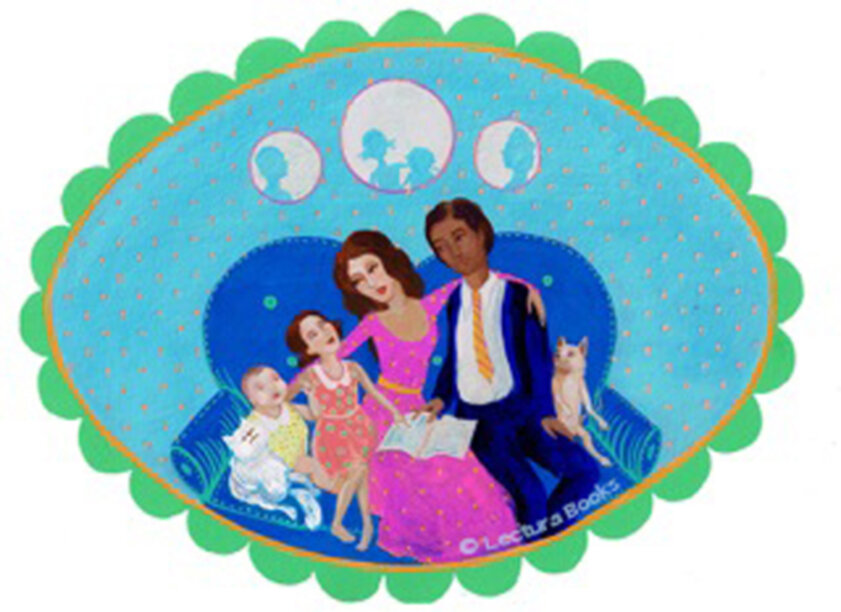
Hispanic culture is known to have strong oral traditions, expressed through storytelling, lyric poetry, riddles, jokes, folk prayers and incantations, songs, and many other formats. Samuel G. Armistead, author of Pan-Hispanic Oral Tradition, defines oral tradition as “any manifestation of folk culture that includes the use of language. Creativity, ongoing evolution, and chronological depth are also essential factors.” The University of North Carolina School of Education shares that “Mexico has a strong oral tradition, in which knowledge is passed down through generations via storytelling and the use of proverbs.” Proverbs are statements that share common sense advice in a sometimes metaphorical, concise, and pithy manner. The spoken word being used to impart knowledge and understanding through the use of proverbs, fables, songs, folklore, and other mediums is a central and enduring part of Hispanic familial and cultural routines and structures.
Oral Traditions Share Family Values and History
Oral traditions, such as storytelling, are different from the act of reading aloud because the storyteller knows the story, rhyme, or song by heart. The absence of a book and the storyteller’s use of variations in voice and gesture create a vividness and intimacy between the storyteller and the listeners. In an article called Building Bridges with Stories in The Storytelling Encyclopedia, Melissa Heckler and Carol Birch write, “The longevity of the oral tradition is a testimony to the power of the told story. Stories improve understanding by building bridges of intellectual, emotional, and spiritual connections among peoples.” One of the ways these powerful connections are built in the Hispanic storytelling tradition is within families. Stories may be shared while the family is resting, carrying out domestic tasks, gathered for socialization, or at other times. Many tales are passed down through generations from the old to the young. The young can learn about their family history, family roles, and the expectations and hopes that their family has for them through these stories.
Oral Traditions Transmit Culture
Oral traditions in Hispanic culture can also share information that extends beyond the immediate family to the culture as a whole. Young people may learn about roles in their community, cultural holidays, and important traditions. Members of a culture with a strong oral tradition use these narratives to better understand how to orient themselves in their culture. They will also begin to memorize and learn the songs, stories, and proverbs, which they in turn will pass down to the next generation, possibly with personal, contemporary changes or interpretations. As children’s author Uma Krishnaswami says in a video about the importance of intergenerational storytelling on Colorín Colorado, “The world is diminished in some way if stories from a number of groups of people aren’t shared and made available to everybody…storytelling is our heritage.” Oral traditions, such as storytelling, endure and evolve over time as the cultures they belong to evolve, and oral traditions continue to both record and affect people’s communal and individual identities and lives.
When Hispanic oral traditions are respected and integrated in classroom settings, all members of the educational community can benefit. The Hispanic members are able to feel culturally respected and supported by their school, while members from other cultures are given the opportunity to hear new stories, songs, and jokes and to experience diverse ways of learning.
Lectura Books is a leading publisher of multicultural books and bilingual books with authentic stories. One popular book title is Maria de Flor. This book has a beautiful story about a family from Oaxaca, Mexico, that describes their deep-rooted tradition of how they celebrate their family members who are no longer here, but who they will always cherish. The Day of the Dead is a popular tradition and celebration from the Oaxaca region.
Visit Lectura Books Youtube page to watch a short clip of the book, Maria de Flor and to see many more examples of bilingual and bicultural books.
